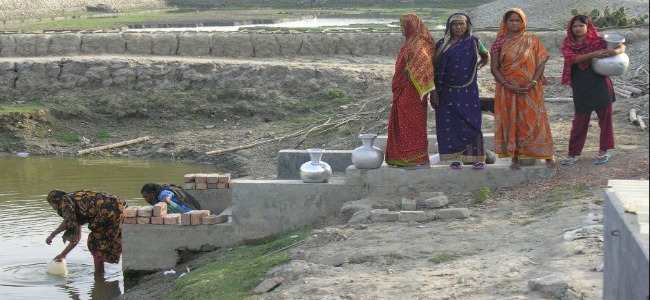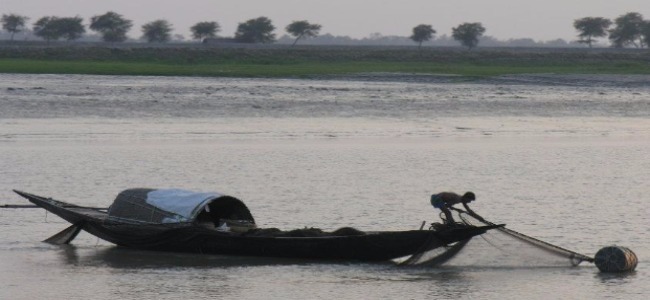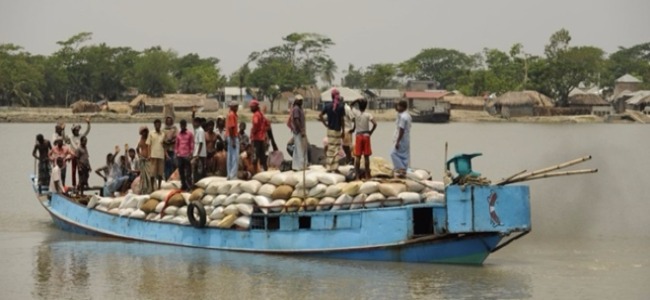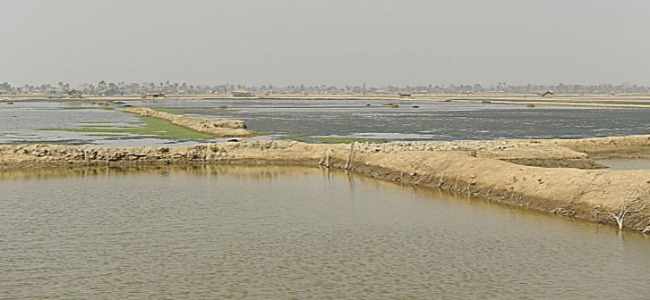ISEE Social Science Group
The Social Science group brings together expertise from political science, psychology, sociology and demography. The social science group has developed methods to collect new data to answer the question:
To what extent, and under what circumstances, do such events, anticipation of such events, and environmental conditions affect migration decisions?
Our project will examine the complexity of forces affecting social decision-making about migration and the unforeseen consequences of differential migration responses within and among larger populations. For example, the number of people that are displaced by migration, and the land area and resources they will require, may alone be poor predictors of the actual consequences of migration. In many cases it is not the pattern or magnitude of migration that defines future stability; rather, it is the direct interaction of affected people and their corresponding impact on the local environment. Displaced populations may or may not have familial or cultural ties to the area into which they move. Migrant and receiving communities may have shared or different attitudes toward the government or nongovernment organizations’ expertise and responsiveness. Migrant and receiving communities may have similar or different past experiences with conflict. Social variation and complex social forces will affect competition and conflict in migrant dynamic communities and their ability to adapt to their environment. The economic, cultural, and ethnic variability encompassed in Bangladesh permit us to identify a wide range of consequences related to migration.
It has three methodological approaches.
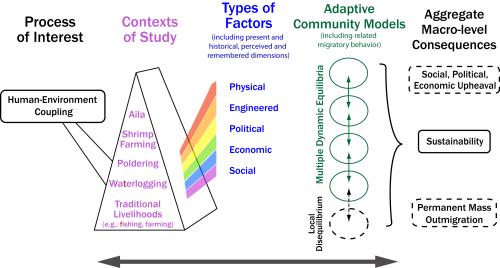
1. Mixed Methodology and Multi-method Study
The first is a Mixed Methodology and Multi-method Study for Identifying the Primary Factors Contributing to Household and Community Resilience and Stability. Within the ISEE framework (illustrated above, and described in more detail on the "ISEE Conceptual Framework" page), this study identifies specific observable phenomena of (blue) physical, engineered, political, economic, and social factors that contribute to household level stability and instability and to a community’s being in dynamic equilibrium (green) or not. The data provide material for grounded conceptualization of the key concepts, particularly the concepts necessary to formulate hypotheses about the relationship between human-environmental coupling (black) and social upheaval, mass migration, or stability. The project was designed by Brooke Ackerly and executed by a field team recruited and trained for this purpose. The purpose of this project is to identify those factors that contribute to stability and instability at the community and household level and to generate hypotheses about causality and likelihood to be tested with the BEMS and other appropriate methods.
2. Bangladesh Environment and Migration Study
The second is the BEMS (the Bangladesh Environment and Migration Study). designed to gather data to understand patterns and processes of contemporary internal and international migration in Bangladesh. This part of the project pays special attention to how gradual and abrupt environmental stressors (e.g., salinity, cyclones, riverbank erosion) affect patterns of migration in the southwest region of Bangladesh, as well as the role of migration in household and community resilience to environmental change.
The BEMS consists of three survey instruments: a household survey (BEMS-HH), a migrant survey (BEMS-M), and a community survey (BEMS-C).
The BEMS-HH is administered to household heads and spouses in randomly selected households living in select origin communities in southwest Bangladesh. The BEMS-HH collects information about the following: demographics, economic activity, income, assets, livelihoods, internal and international migration trips, access to services (e.g., health care, education), access to food and water, nutrition, health, social networks, perceptions and responses to environmental change.
The BEMS-M is administered to a sample of migrants who have moved from selected origin communities to urban destinations within Bangladesh. The BEMS-M collects similar information to the BEMS-HH.
The BEMS-C collects community information about infrastructure, services, and economic activity, including: markets, health care facilities, schools, water sources, employment, NGO’s, government aid. These data will be collected through key informant interviews of village officers and leaders in the community.
3. Triangulation from Household Survey and Community Ethnography Methods
The third uses a methodology of triangulation from two methods: a household survey and community ethnography. We study variation within households to understand socioeconomic diversity and variation in political experiences within communities and we study variation across communities in patterns of livelihood, community power relations, environmental adaptation, and governance. The project is being led by Brooke Ackerly. The household study was conducted in 26 sites in Spring 2014 by a team led by Bishawjit Mallick and Anna Carella. The community ethnography was designed by Brooke Ackerly, Anna Carella, and Labib Anam in consultation with Bishawjit Mallick. The team is in the field from January 2015.
Preliminary Findings
Initial findings from our social-science field research indicate that instability at the community level is a function of a lack of (a) multiple livelihoods to secure adequate food and income, (b) access to safe drinking water, (c) intra-community and inter-community cooperation and support, or (d) shared, sustainable uses of land and common-pool resources. Although not yet analyzed, the raw data include evidence of intra-community support and existence of community-based adaptation strategies. Preliminary analysis suggests the need to further study the link between community cohesion and resilience and participation in political decision-making, political transparency, and the accountability of decision-makers to stakeholders.
Additionally, preliminary findings suggest that changing economic conditions, some of which are a function of environmental change, some of which are not more than environmental events shape people’s reflection on migration options. Hence, our preliminary findings suggest that in order to understand the dynamics of migration, it is insufficient to focus on a direct causal connection between environmental events and migration. This holds whether we study events past or events anticipated.

